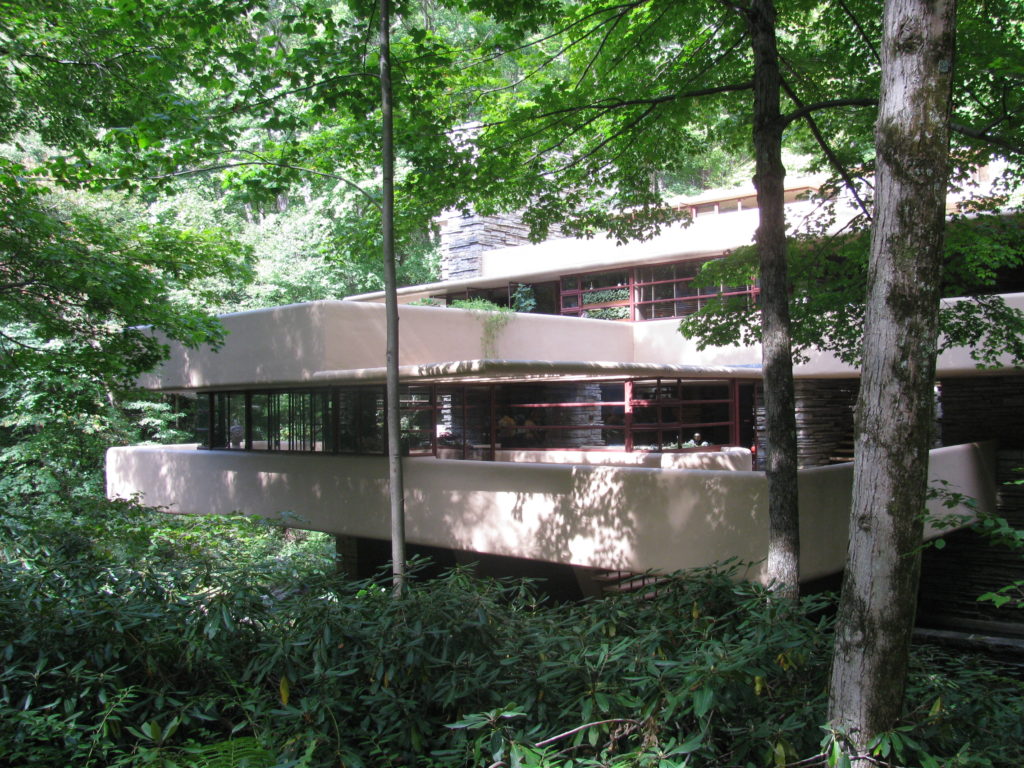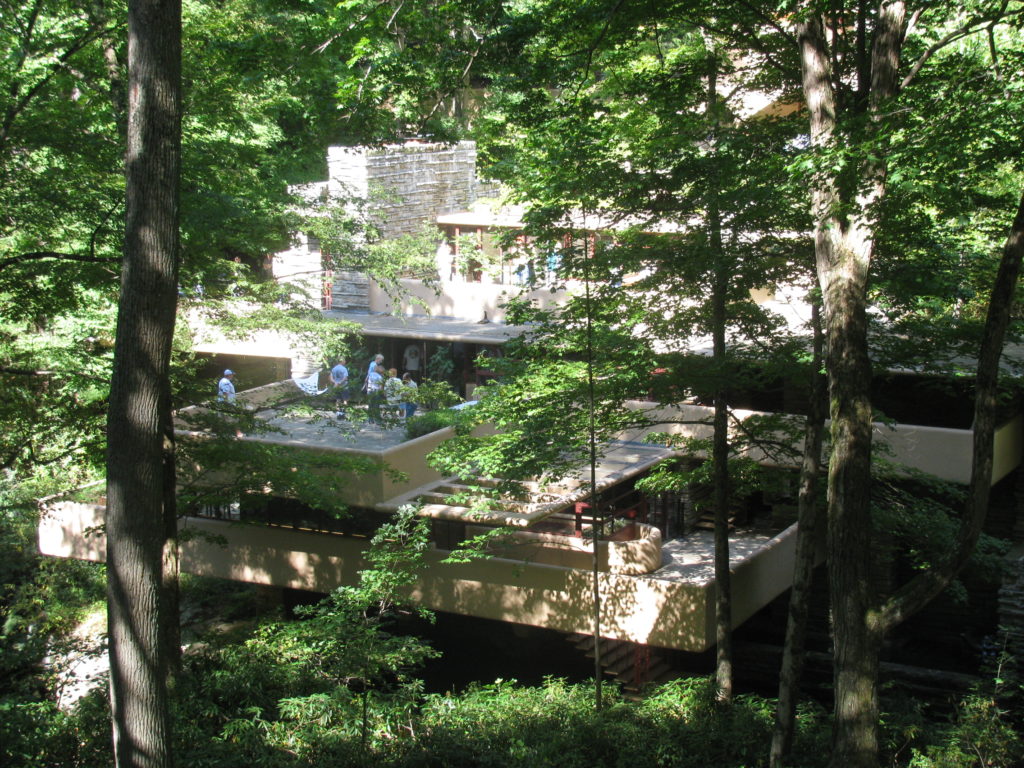The most sustainable building that you could ever build would be a building that people love and want to be around, because then they will maintain it and cherish it. They’ll want to continue to be in it. You can have all the greenest products in a building, but if it’s not loved or maintained … then it is not truly sustainable. You can’t make a sustainable building just out of products. The design and the urbanism have to work, or you will have missed the boat.
~ Marianne Cusato
OWNER STATEMENT
In order to attain the highest level of energy efficiency and environmental responsibility in their project, the Owners intend to comply with all requirements involved in obtaining LEED Platinum certification for the house.
mills studio STATEMENT
Architecture and building are cultural and not natural activities. Construction necessarily disrupts nature and the environment and like most all human activities is thus very rarely an act of sustainability. This is certainly true for the common definition of sustainability as “the quality of not being harmful to the environment or depleting natural resources”. By any similar understanding, architecture that is 100% natural and sustainable is not achievable, so our task is to define the appropriate balance between what man gives up for being fully sustainabe and what man gains from being less than perfectly sustainable. Determining this appropriate balance is dependent on why you think man inhabits the earth: is it by accident or for a greater purpose? If you believe man’s habitation of the earth, and thus intrusion into nature, has a higher purpose, then you will build with a higher purpose. Architecure with a higher purpose will both reflect that science teaches us that man is connected to the earth and the right values teach us that man has a privileged position on the earth.
The most sustainable act is to build something useful, durable, and beautiful. Once dated, a building is quickly discarded. Architecture should aim to age gracefully, aim to be timeless in design, and aim to be sufficiently flexible to support future potentialities. A building must aim to be sustainable as a result of being good architecture. A building should be sustainable as a result of being good architecture and not considered good architecture because it is sustainable. Like most all aspects of life, sustainable architecture is better architecture because taking the long view over expediency provides for a more lasting fulfillment.
In the first century BC, the still currently influential Roman architect and engineer Vitruvius named the three primary aspects of good architecture: firmitas, utilitas, and venustas or durability, convenience, and beauty. Although Vitruvius intention was not to specifically advocate for sustainability, his pronouncements point out that the aspects that contribute to making good architecture necessarily make a building sustainable.
Architecture is sustainable when it is Useful. Making something useful means what is created serves a purpose that is sufficiently important that people want to use and maintain it over time. Often purposes change over time and many of a building’s purposes may not exist when the building is created. A simple example: most houses built in the 20th century could not have anticipated how many houses would serve as home offices in the 21st century. Providing flexibility and potential adaptability requires attention to the universals, such as space planning, and also to the particulars, such as “future proof” infrastructure allowing computers and wifi to work to the most current standards.
Architecture is sustainable when it is Durable. Durability means not only built to structurally stand up over time, but to physically age gracefully with as little maintenance as possible. Materials and finishes that do not fight aging are an integral part of achieving sustainable architecture. Durability does not mean a building endures just physically, but also means that a building’s premises and beauty are durable thus enduring over time.
Architecture is sustainable when it is Beautiful. A building must be beautiful when it is created and must maintain its beauty over time. Achieving beauty over time means the beauty must come from the elemental that does not change over time. Sustainable beauty or timeless design, is the opposite of subjective beauty based upon trends specific to a particular time. Beauty is often relegated to the purely visual but should be understood to include the full array of aesthetic experiences that help us transcend the everyday. Beauty is also found in the experiences that a building gives rise to; experiences that not only include all of the five senses, but also measurably connect us to life’s purposes. Beauty is not dependent on a particular aesthetic, but is evident when the use and how something is made are in alignment, or when an intangible universal truth is made tangible.
How is sustainability related to aesthetics, or more specifically architectural aesthetics? Does sustainability generate a particular architectural aesthetic and are certain aesthetic sensibilities more sustainable? Most likely if the first thing that comes to mind when experiencing a building is sustainability, the building’s sustainability is nothing more than superficial ornament. Some definitely believe in and strive for an aesthetic of sustainability generated from applying and or exposing sustainable energy devices or strictly applying scientific data, such as the sun’s path, to generate forms. But like any aesthetic that is generated from any exclusive commitment, such as to sustainability or technology, becomes more applied political statement than the outer expression of an inner integrated design intent. Such an aesthetic quickly becomes dated and is thus not sustainable.
Actual sustainability does not lead to a particular aesthetic, but it does lead to certain consistent themes. Sustainability is about the long term and what lasts, so it will necessarily accentuate the elemental, employ an economy of means, and use appropriate materials. This should not be confused with an aesthetic of minimalism. Elemental elements are those like natural light, fire, water, and air movement that transcend all specific boundaries of time and place. An economy of means is about aligning a things purpose and how it is made and thus generating an aesthetic that is the result of how something is made and how it works. Appropriate materials are those that best do what the design requires of them and do not fight the passage of time. Generally, the most sustainable products and practices are not readily visually apparent as sustainable. As in other aspects of life, the most sustainable practices in architecture are the ones with the most integration. This leads to an aesthetic of both physical and conceptual integration with design elements fulfilling multiple functions simultaneously.
While the newest and most innovative technologies do have a role to play in achieving sustainable architecture, it is often the most ancient and traditional technologies that best make a building truly sustainable. Technologies, devices, and products are generally the easiest way to express sustainability as a measurable mathematical calculation, but it is the traditional elements of architecture, such as natural light, natural ventilation, and solar masses that make a building truly sustainable. Norman Foster puts it this way, “There are often links between the ecology of a building, which is measurable, and the poetic dimensions of architecture, which are more difficult to quantify.” Like most aspects of life it is the integration of the old and the new, the integration of traditional and innovation, the integration of nature and culture, and the integration of the measurable and unmeasurable that make a building or an endeavor significant and lasting – make it sustainable.
How do we evaluate if a building is sustainable? For the 1960’s generation that determined that knowledge is power, the generation and use of data has become a moral imperative. A belief in the power of data has been the basis for developing many of the methods for evaluating if a building can be defined as sustainable. The role of the measurable is primary with most sustainability strategies evaluated in ways that can be theorectically precisely measured and documented. Rating programs rely on meeting numeric values related chiefly to only the environmental conditions and elements of architecture that can be codified with testing and simulations. Phrases such as “embodied energy” have reduced sustanability to scientific data and numeric values. Sustainability has thus been chiefly defined as reducing the measurable resources that go into making and operating a building. The role of the measurable has overwelmed the unmeasurable – the quantitative over the qualitative. How to effectively measure what is truly sustainable is a recurring problem.
It is generally much easier to measure what happens in the short term and long term benefits are much harder to evaluate numerically. Today’s innovative technologies and products come with endless metrics making it fairly simple to specify a toilet’s gallons used per flush, insulation’s R value, and door and window’s U values that satisfy the measurable and numeric criterion for sustainability. But science and its data can tell us howto create buildings designed by specialized engineers and contractors using specialized mechanical components to meet arbitrary numeric values. But science and data cannot substitute for values that tell us what to do.
Sustainability is one way of making Architecture and Landscape particular. Employing local traditions, crafts, and materials works towards sustainability and makes universal conceptual frameworks particular to a locale. Most local’s history teachs us what works best, what is sustainable, over time due to climate, local cultural conditions, and available materials. Culture tempered by science or art shaped by necessity leads to certain design outcomes over time. The same elements that make a building sustainable help give architecture an identity and a belonging to a place. The passage of time applied to local histories helps root out what is ephermeral, temporary and mere trend. In this way local history teaches us both whaat is and is not sustainable. Sustainability is one of the universal frameworks that a locale’s culture helps us make particular. It is not just how sustainability strategies are implemented that must be made particular to achieve actual sustainability but the very definitions of what constitutes sustainability have to be made particular to a locale.
Sustainability is often thought of as requiring a certain amount of sacrifice of comfort and the imposition of limitations on luxury. If sustainability strategies are reduced to chiefly meeting measurable quantifiable standards based upon political agendas then these thoughts are accurate. But as Norman Foster writes, “sustainability does not mean lack of comfort or amenity.” When sustainability is achieved as a result of good architecture (chiefly with the ummesaurable) and is not the privaleged goal of good architecture, we concentrate on what sustainability includes instead of what it excludes. And then sustainability will be positively associated with comfort and luxury. Is there a more sustainable and luxurious house than Frank Lloyd Wright’s Fallingwater?
Typical narrow definitions of sustainability focus on minimizing the use of material resources. An expanded definition of sustainability might include how architecture can embody the values that make institutions thrive and thus make the city and society sustainable. Sustainability is not only about enduring resources, but more importantly enduring values. Neither survival nor survival of the fittest is a moral proposition or principle. Man’s purpose is not survival so sustainability’s purpose is not survival. Sustainability is not an end in itself and certainly not a moral end. Sustainability is an implementation strategy and only really matters when it contributes to the sustainability of institutions, which is the purpose of sustainable architecture.
Sustainability is the result of an attitude that must carry through in the Landscape, Engineering, Interiors, and Construction in order that the resulting Architecture is sustainable.
But now sustainability is such a political category that it’s getting more and more difficult to think about in a serious way. Sustainability has become an ornament.
~ Rem Koolhaus




